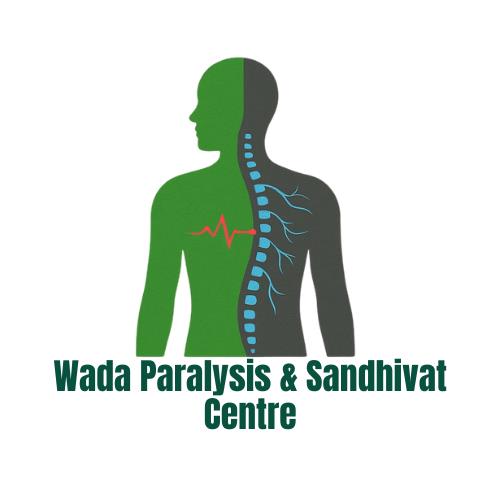Paralysis Treatment: Comprehensive Guide to Recovery and Rehabilitation
Paralysis, the loss of muscle function in part of the body, can be a life-altering condition resulting from various causes such as stroke, spinal cord injury, or neurological diseases. Understanding the available treatments and rehabilitation strategies is crucial for patients and caregivers aiming for recovery and improved quality of life. This guide delves into the latest advancements in paralysis treatment and offers insights into effective rehabilitation approaches.
Understanding Paralysis
What is Paralysis?
Paralysis occurs when there’s a disruption in the communication between the brain and muscles, leading to loss of muscle function. It can be classified based on the affected area:
- Monoplegia: Affects one limb.
- Hemiplegia: Affects one side of the body.
- Paraplegia: Affects both legs and possibly the lower body.
- Quadriplegia: Affects both arms and legs.
Causes of Paralysis
Common causes include:
- Stroke: Interrupts blood flow to the brain.
- Spinal Cord Injury: Damages the spinal cord’s ability to transmit signals.
- Multiple Sclerosis: Damages the protective covering of nerves.
- Traumatic Brain Injury: Disrupts normal brain function.

Medical Treatments for Paralysis
Conventional Medical Approaches
Traditional treatments focus on managing symptoms and preventing complications:
- Surgical Interventions: Procedures like decompression surgery or nerve grafting may restore some function.
- Medications: Anti-inflammatory drugs and muscle relaxants can alleviate discomfort.
Innovative Therapies
Recent advancements have introduced promising treatments:
- Stem Cell Therapy: In 2025, a Japanese man stood on his own after receiving an injection of neural stem cells to treat his spinal-cord injury.
- Spinal Cord Stimulation: Combining rehabilitation robotics with spinal cord stimulation has restored movement in people with spinal cord injuries.
- Brain-Computer Interfaces: The Miami Project to Cure Paralysis is conducting a study enabling paralyzed patients to use their own thoughts to control external devices.
Rehabilitation Strategies
Physical Therapy and Exercise
Rehabilitation focuses on regaining strength and mobility:
- Physiotherapy: Tailored exercises help strengthen muscles and improve coordination.
- Occupational Therapy: Assists patients in relearning daily activities.
- Assistive Devices: Tools like braces, wheelchairs, and exoskeletons support mobility.
Psychological Support and Counseling
Mental health is a critical component of recovery:
- Counseling: Addresses emotional challenges and promotes coping strategies.
- Support Groups: Provide a community for sharing experiences and encouragement.
Lifestyle and Home Care
Adapting to Daily Life
Creating a supportive environment enhances independence:
- Home Modifications: Installing ramps, grab bars, and accessible fixtures.
- Nutrition: A balanced diet supports overall health and healing.
- Preventing Complications: Regular repositioning to avoid pressure sores and monitoring for infections.
Caregiver Support
Caregivers play a vital role in the recovery process:
- Training: Learning proper techniques for assisting with mobility and daily tasks.
- Respite Care: Temporary relief services to prevent caregiver burnout.
Success Stories and Case Studies
Inspirational Recovery Journeys
Real-life stories highlight the possibilities of recovery:
- A paralyzed man stood again after receiving ‘reprogrammed’ stem cells.
- Combining robotics and spinal stimulation has restored movement.
Community and Resources
Numerous organizations offer support and information:
- Christopher & Dana Reeve Foundation: Provides resources and advocacy for individuals.
- Paralysis Resource Center: Assists people navigating recovery stages post-diagnosis.

Conclusion
Paralysis presents significant challenges, but advancements in medical treatments and rehabilitation strategies offer hope for recovery and improved quality of life. Through a combination of innovative therapies, dedicated rehabilitation, and comprehensive support, individuals affected by paralysis can work towards regaining independence and functionality.
FAQs
- Q1: Can paralysis be reversed?
While complete reversal depends on the cause and severity, advancements like stem cell therapy and spinal cord stimulation have shown promising results in restoring some functions. - Q2: How long does rehabilitation take for paralysis patients?
Rehabilitation duration varies based on individual conditions, but consistent therapy over months or years can lead to significant improvements. - Q3: What are the latest advancements in paralysis treatment?
Recent developments include neural stem cell injections, spinal cord stimulation combined with robotics, and brain-computer interfaces enabling control of external devices. - Q4: How can caregivers best support someone with paralysis?
Caregivers should seek proper training, utilize support resources, and ensure self-care to provide effective and sustainable assistance. - Q5: Are there support groups for individuals with paralysis?
Yes, organizations like the Christopher & Dana Reeve Foundation offer support groups and resources for individuals and families affected by paralysis.



